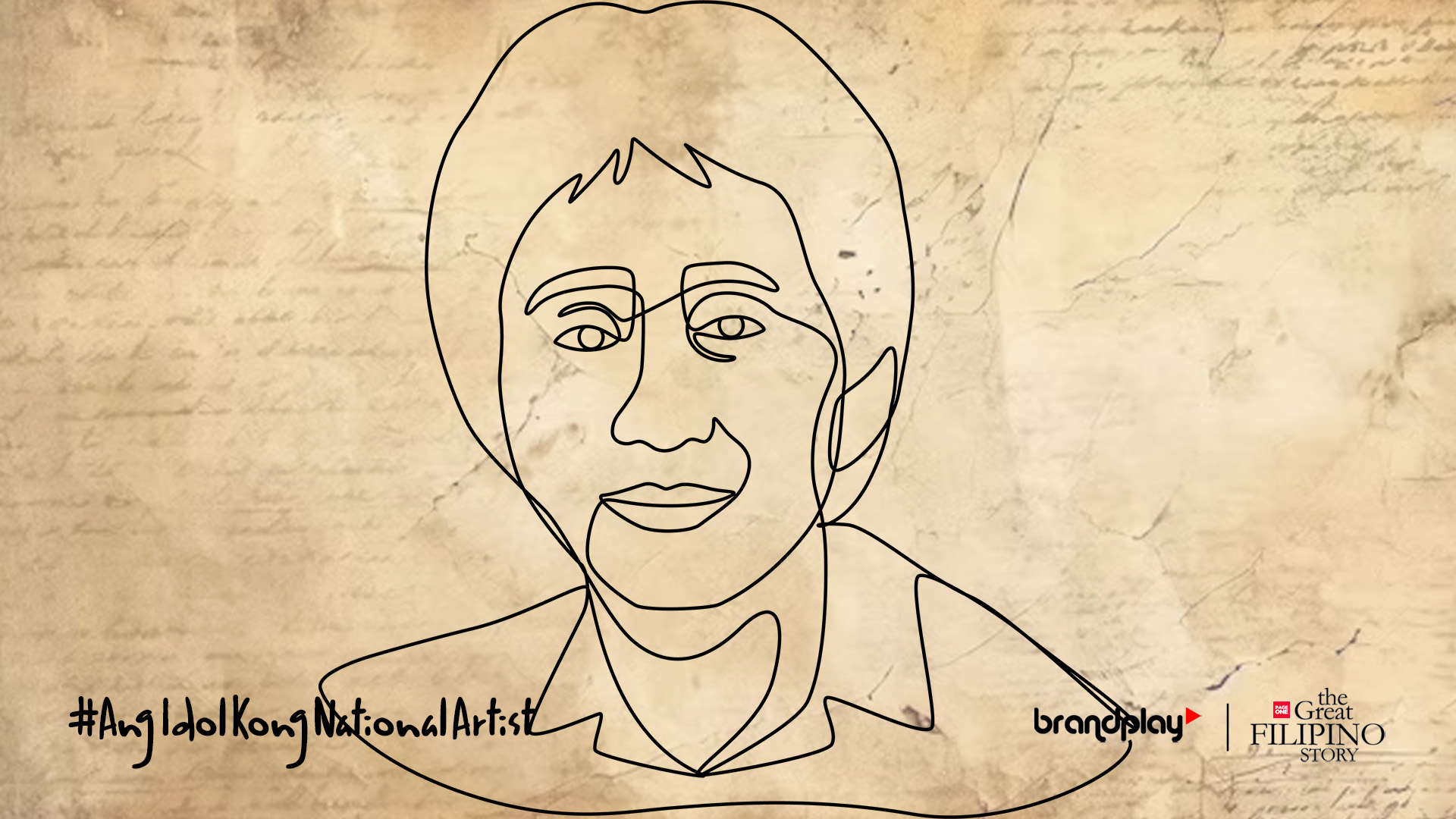The film industry has taken the Philippines by storm, gaining a decent amount of popularity and support from the public. Of course, the industry was a lot different back in the day as it was still establishing itself, with factors such as audience reception, production budgets, and film topics being quite distinct from today. In talking about the development of Philippine cinema, the cultural significance of Ishmael Bernal’s works must be acknowledged.

Ishmael Bernal was known by some as “The Genius of Philippine Cinema,” but most people know him as the National Artist for Cinema, which was declared in 2001. Bernal’s work has ultimately elevated the role of Philippine cinema in society by not only providing entertainment but also social commentary and representation of the Filipino people.
Bernal’s legacy began in his early childhood. He was raised in a poor neighborhood in Sta. Mesa, Manila, where he was surrounded by poverty and violence. He was often a witness to street brawls and also shared involvement in some yet, as a young boy, he had already developed a deep interest in reading and films, spending most of his time viewing films at local neighborhood cinemas.
Growing up, Bernal experienced much of Manila’s nightlife. He spent many nights on the streets, having managed several coffee shops and eventually owning one himself, in which he was able to witness the contrasting lives of its inhabitants, from the bustling social scenes to the darker and more indulgent aspects of urban life. These experiences deepened his understanding of the urban culture and the social disparities at the time.
He began his education in the same neighborhood, at different public schools across Sta. Mesa. This kept him in touch with different poor families and young kids, much like himself. His upbringing in this tough Manila neighborhood gave him a strong sense of social awareness at a young age, shaping his worldview and eventually becoming the trademark for his art.
Bernal continued to grow his passion for literature when he took up English Literature in college. His time at the University of the Philippines further helped him develop his social and political awareness, being active in theater and activism and as a member of the Student Cultural Association. He also took up French Literature and Philosophy at the University of Aix-en-Provence in France, further enriching his knowledge in literature. Finally, he received a diploma in Film Directing at the Film Institute of India in 1970, kickstarting his career in film. The blend of having a strong literary background and formal film education established the foundation for his unique approach to filmmaking.
Bernal’s directorial debut came in 1971 with the film “Pagdating sa Dulo”, showcasing his natural talent for satire and ability to critique Filipino society.

In its time, the film was considered to be a flop for only a handful of people watched the film. It was far different from the types of films that were popular during the time, such as Bomba Films, and the audience was not ready for such change. Pagdating sa Dulo talked about issues such as desperation for success, exploitation of showbiz workers, and homophobia in the industry, among others. Yet, the film was still considered ahead of its time, only considered a classic 48 years after its release, with the issues raised in the film still found to be relevant up to this day.
Following his first film, Bernal continued to trademark his distinctive approach to filmmaking. His films provided commentary on the social and political landscape of the Philippines, particularly during the Martial Law under the Marcos regime. Most of his films depicted the daily lives of ordinary Filipinos, shedding light on the systematic issues that afflicted the country such as poverty, inequality, corruption, and the loss of personal freedom.
Similar to many filmmakers, he also worked on commercially driven films at the beginning of his career before exploring socially driven films. However, he was careful not to create films that contradicted his core principles. Thus, while he did make some commercially focused films, he ensured they did not promote the societal values he opposed.
One of his most known films was “Manila by Night” (1980), which serves as a great example of Bernal’s talent in handling controversial subjects in society. The film, starring big names in the film industry such as Charito Solis, Cherie Gil, and Lorna Tolentino, shows a realistic portrayal of urban life through the experiences of ordinary people living in Manila. With interconnected storylines consisting of many layers, Bernal was able to tackle different issues through each character of the film such as prostitution, drug addiction, adultery, and queer identity. Ultimately, the film highlights different forms of social and economic discrepancies, which was considered a bold move for it was released during the Marcos regime.

In addition to the societal impact of Bernal’s films, he was also known for his feminist perspective, making him stand out among the other prominent filmmakers of his time. In his classic films, women were well-represented through strong, multifaceted female characters who were able to defy traditional gender roles and challenge patriarchal norms. The aforementioned classics include “Nunal sa Tubig” (1976), “Ikaw ay Akin” (1978), and “Himala” (1982).

Bernal, by every definition of the word, was considered an auteur. For his creative vision, bold takes on narrative structures, storytelling and techniques, and ability to combine elements of different genres such as satire, drama, and social critiques in his films, he has definitely established his name as one of the industry’s legends. In addition to this, his love for literature has also helped this cause. He has kept himself involved in the scriptwriting process of his films, ensuring the quality and substance of his material.
Despite Bernal’s passing in 1996, the legacy he left through his films and his contributions to Philippine cinema lived on. He was the pioneer of using cinema as a tool for social change—thoughtfully portraying the harsh realities of Filipino life in his films, as well as the societal issues they were facing. Through fearless social commentary, he elevated the role of films in the country and left a lasting reminder that art has the power to reflect, challenge, and inspire significant change. And rightfully so, in the year 2001, he was declared as a National Artist for Film.








